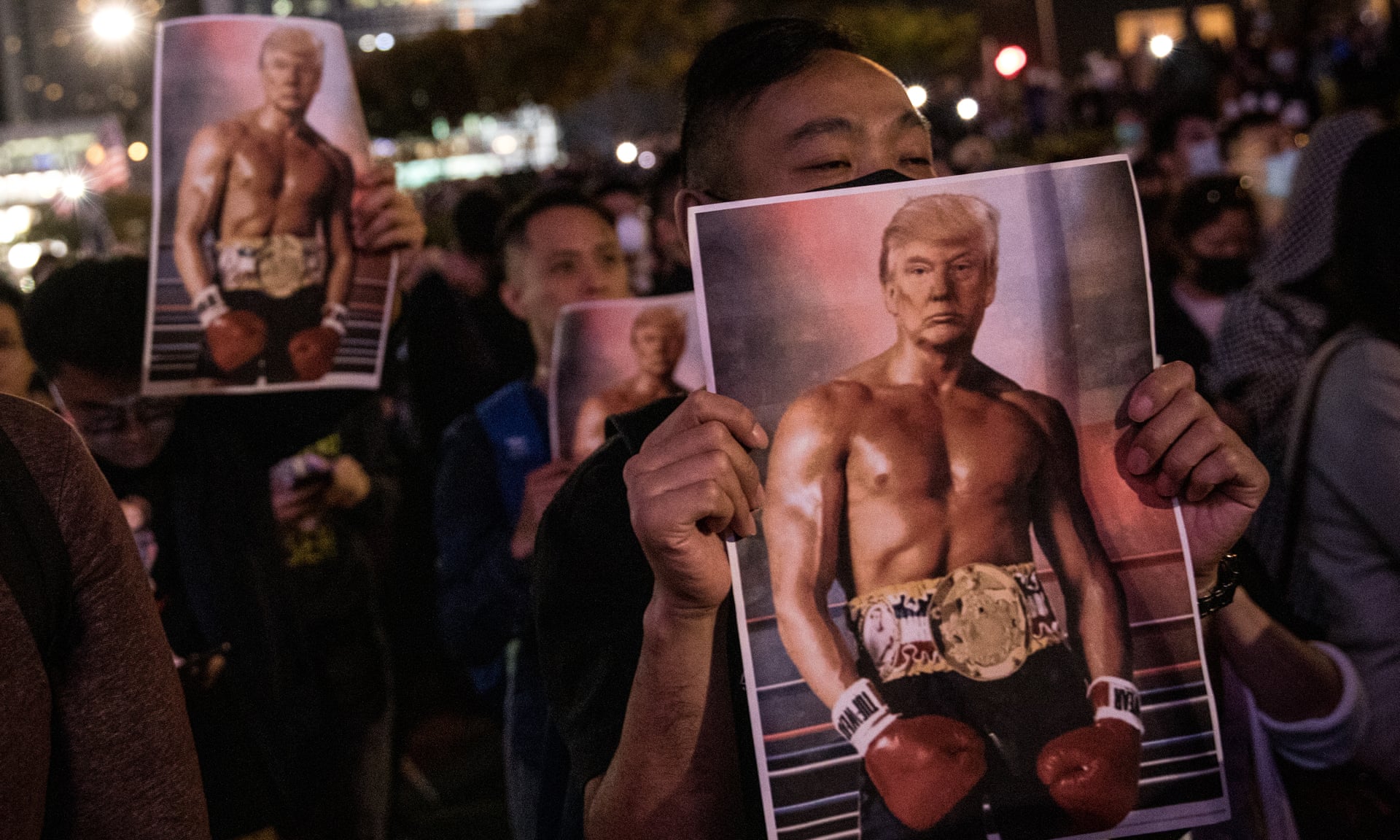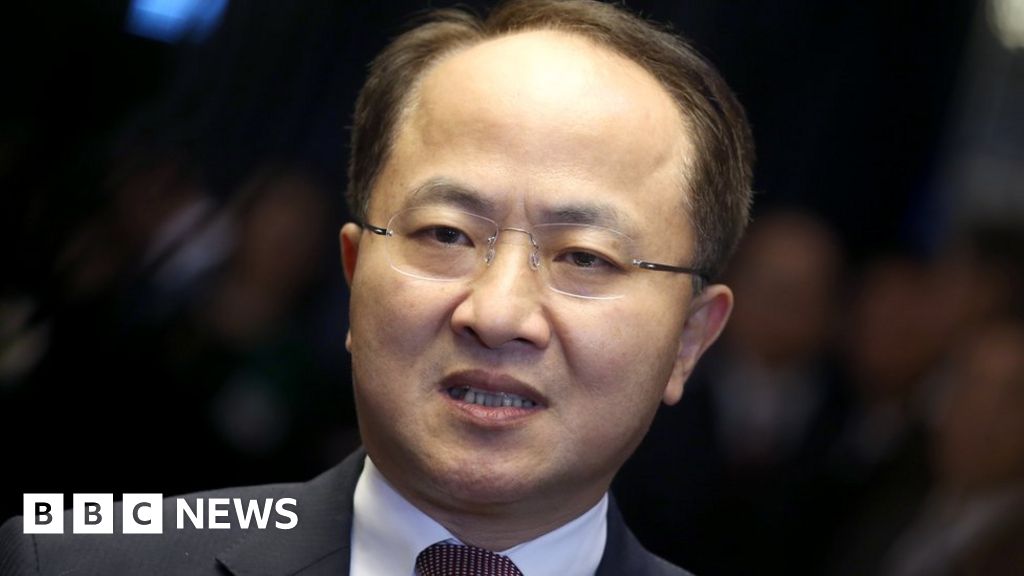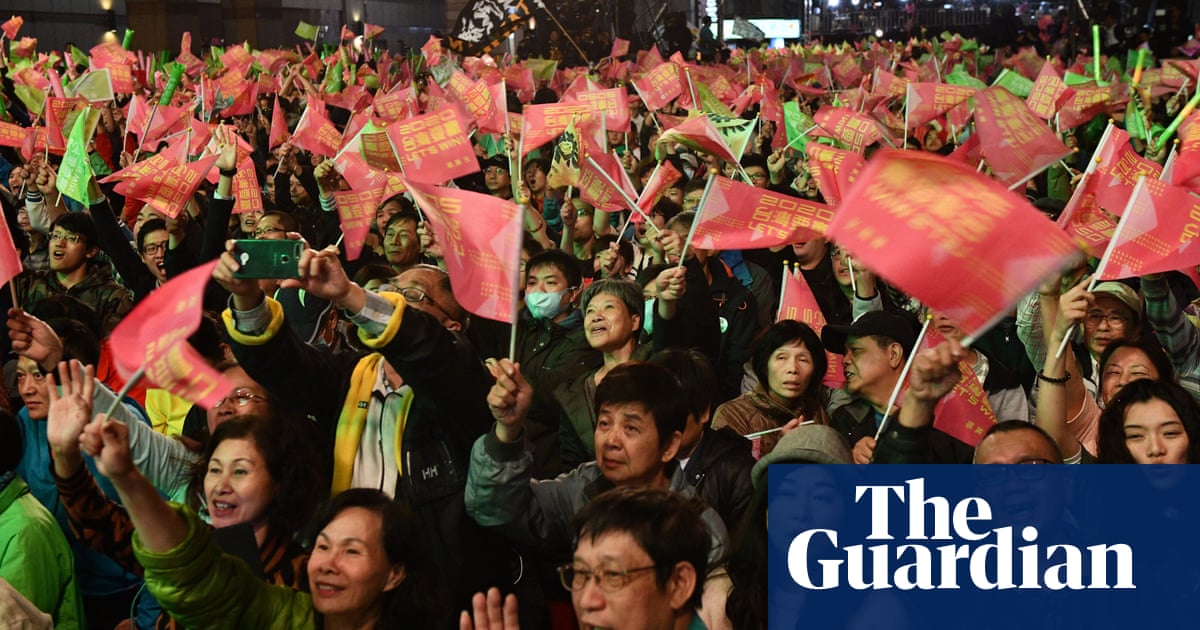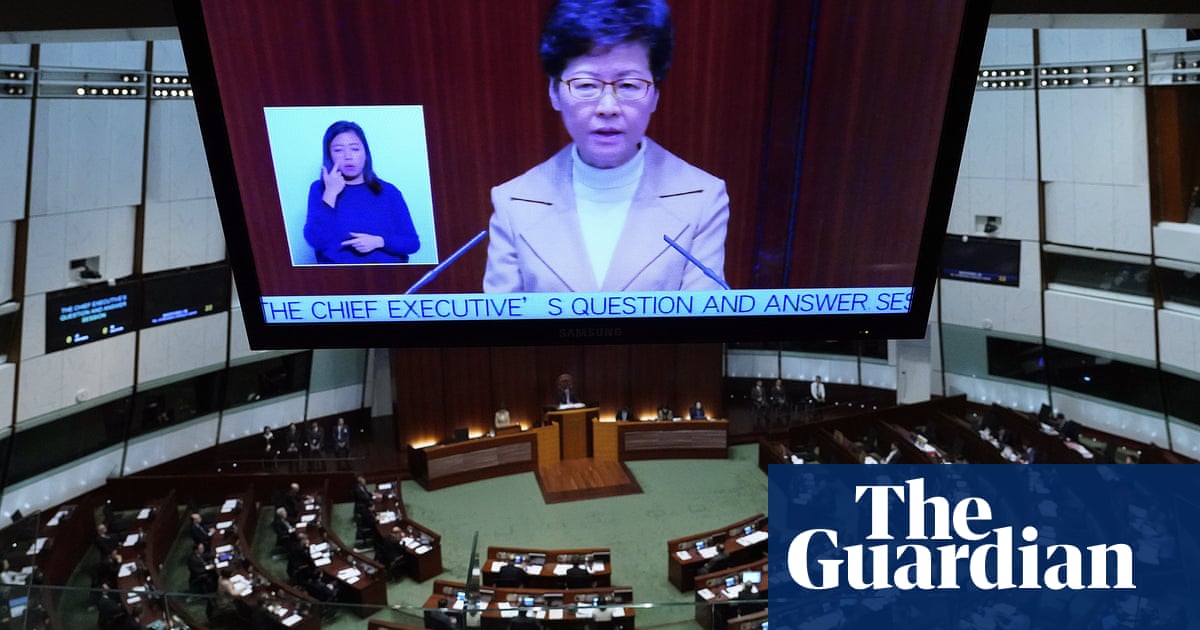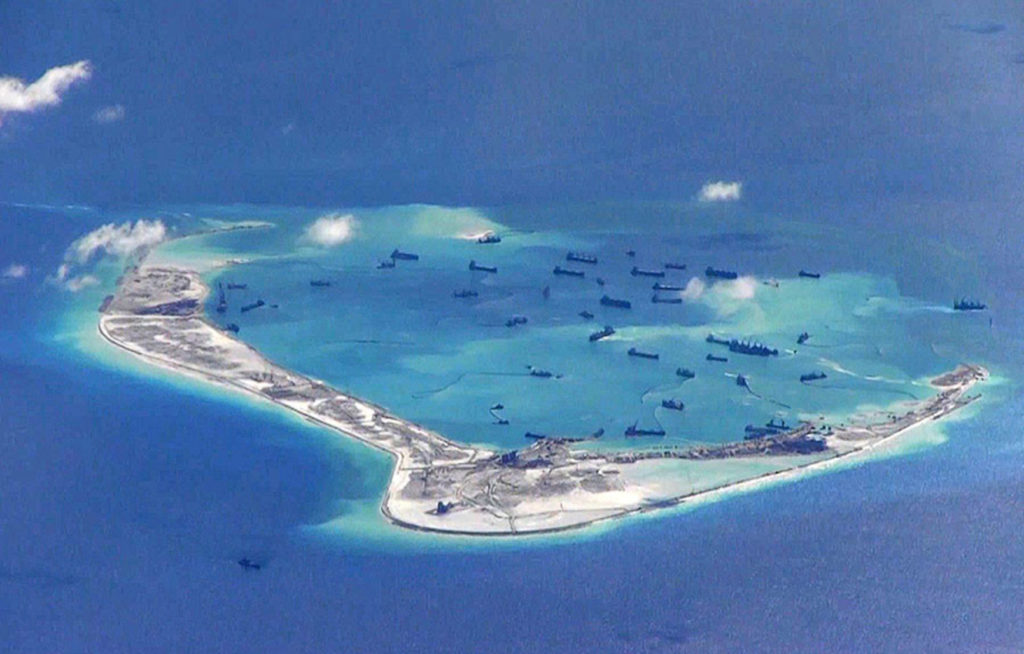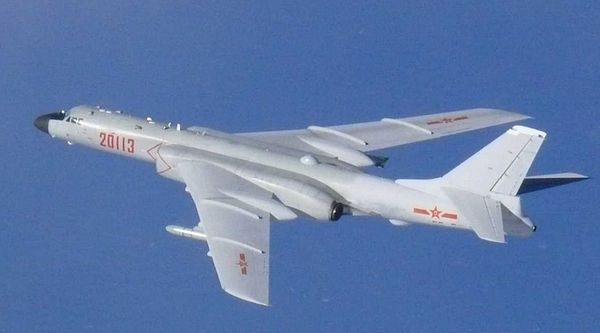In the face of these Chinese advantages,
could the United States still neutralize the island bases early in a fight? Probably, but not at an acceptable cost. Doing so would require expending a lot of ordnance likely desperately needed in Northeast Asia, diverting important air and naval platforms and placing them at risk out of proportion to the potential battlefield gains.
The island facilities are considerably larger than many observers seem to realize. As Thomas Shugart, then a visiting fellow at the Center for a New American Security, once
pointed out, most of the District of Columbia inside the I-495 beltway could fit inside the lagoon at Mischief Reef. Pearl Harbor Naval Base could fit inside Subi Reef. The critical infrastructure that would need to be hit to seriously degrade Chinese capabilities is spread out across a considerable area. That amounts to a lot of ordnance to drop, even if the goal were just to hit critical nodes like sensors, hangars, ammunition depots, and command and control facilities.
Disabling the airstrips themselves would be an even taller order. The United States fired 59 Tomahawks at the Shayrat Air Base in Syria in 2017, all but one of which hit, yet the runway was back in operation just a few hours later. Considering that
China has deployed HQ-9 surface-to-air missiles and constructed point defenses at all these bases, some percentage of missiles fired would never reach their target. And much of
the infrastructure has been hardened, including China’s
missile shelters,
larger hangars, and
buried ammunition depots.
The most effective means of cratering the runways themselves would be to drop heavier ordnance from the air, but that would put high-value U.S. bombers at unacceptable risk in a secondary theater (more on that below). So a safer bet would be to just focus on hitting key information nodes with longer-range munitions.
A hundred cruise missiles per outpost would not be an unreasonable estimate to effectively disable the bases. That amounts to 300 missiles just for the major bases in the Spratlys, another 100 for Woody Island, and dozens more if the United States wanted to disable smaller facilities (for instance, the
heliport on Duncan Island that would likely be used for anti-submarine warfare operations).
What platforms would launch these hundreds of cruise missiles? The only thing safely operating in the theater after hostilities started would be U.S. submarines. They would find it a lot harder to remain undetected in the face of active Chinese anti-submarine operations once they started shooting. Every launch would put them at some risk. And in that environment, U.S. subs would likely be busy attacking Chinese surface ships and other high-value platforms, not trying to blanket thousands of acres of infrastructure at Mischief or Subi Reefs with valuable ordnance with no guarantee of success. Anything else sent into the theater — long-range bombers from Guam, surface ships, etc. — would be operating at high risk given Chinese dominance of the sea and air space.
No matter how the ordnance was delivered, the math would be the same. Effectively
neutralizing China’s bases would require hundreds of missiles, emptying the magazines of valuable
U.S. platforms that don’t have ordnance to spare. And it would do so in what is sure to be a secondary theater. It is hard to imagine
a scenario in which the United States would be seriously considering kinetic strikes on Chinese bases in the South China Sea that would not also involve fighting in Northeast Asia. That would mean that anything the United States launched against the Spratlys would be something it could not use for operations in defense of U.S. and Japanese forces or for the relief of Taipei.
This punishing
math could be changed, especially by the full implementation of the
Enhanced Defense Cooperation Agreement to allow rotational deployments of key U.S. capabilities in the Philippines. These should include combat aircraft at Basa Air Base on Luzon and Antonio Bautista Air Base in Puerto Princesa to contest Chinese air dominance over the South China Sea. And it should include preparations to rapidly stand up U.S. fire bases at these and other facilities in case of hostilities to hold Chinese outposts and ships in the South China Sea at risk.
Barring an unexpected change of heart, these plans are unlikely while Rodrigo Duterte remains president of the Philippines through 2022. In the meantime, the United States can lay the groundwork for full implementation of the defense cooperation agreement by undertaking more ambitious infrastructure projects at agreed-upon sites and pushing the Armed Forces of the Philippines to support those upgrades. It should also push for more opportunities to deploy combat aircraft to defense cooperation sites as part of bilateral exercises, as American F-16s were for the
first time at Basa last year. This would help acclimate both sides to U.S. fighters operating from these bases and, if frequent enough, could strengthen deterrence by giving the United States some rapid-response capability in the South China Sea. But these steps will not fundamentally alter the math.
Without the Enhanced Defense Cooperation Agreement, or some undiscovered (and unlikely) stand-in, U.S. forces would have little choice but to concede the waters and airspace of the South China Sea to China in the opening stages of a conflict. The logistics and maintenance hurdles
China would face during wartime would likely prevent its island bases from effectively operating over the long-term. But for several weeks at least —
time that would be critical in a Taiwan contingency, for instance — they would pay huge dividends for Beijing. So long as the United States lacks ground-based combat aircraft and fire bases along the South China Sea, American planning needs to acknowledge that reality.
